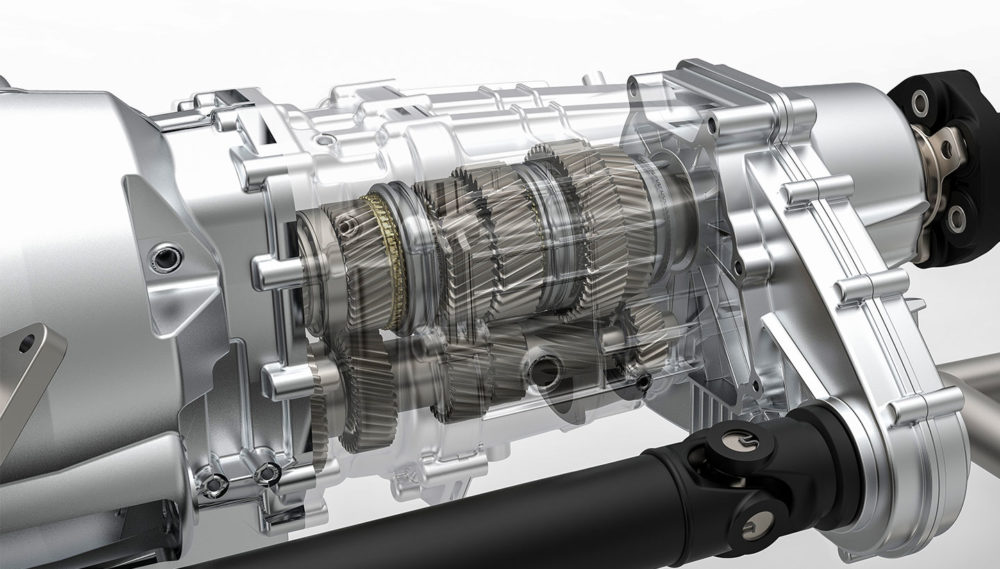Mobile:+86-311-808-126-83
Email:info@ydcastings.com
Types of Fan Impellers and Their Applications in Various Industries
Understanding ID Fan Impeller Types
ID (Induced Draft) fans are essential components in various industrial applications, particularly in power generation, cement plants, and wastewater treatment facilities. Their primary function is to remove flue gases from combustion processes, ensuring proper ventilation and maintaining optimal efficiency in systems. The design of ID fans is crucial to their performance, and one of the most critical aspects is the type of impeller used. This article explores the different types of impeller designs for ID fans and their respective advantages and applications.
1. Backward Curved Impellers
Backward curved impellers are one of the most common types used in ID fans. They feature blades that curve away from the direction of airflow. This design provides several benefits, including high efficiency and low power consumption. Backward curved impellers can handle a wide range of flow rates and maintain stable performance at varying operating conditions. They are particularly suited for applications that require a consistent air volume and moderate pressures.
Additionally, these impellers minimize the risk of material build-up, making them ideal for industries dealing with dust or particulate matter. Their aerodynamic design allows for smoother airflow, reducing noise levels during operation. As a result, backward curved impellers are commonly employed in power plants and other facilities where efficiency and noise reduction are priorities.
Radial impellers have blades that are oriented perpendicular to the axis of rotation. This type of impeller generates high pressures and is capable of moving large volumes of air. However, they typically operate less efficiently than backward curved designs. Radial impellers are often used in applications that require high static pressure, such as in scrubbers and other air pollution control devices.
One of the advantages of radial impellers is their robust construction, which allows them to handle corrosive or abrasive materials. In industries where the transported air may contain particles or chemicals, radial impellers can provide the durability needed for long-term operation.
3. Forward Curved Impellers
id fan impeller types

Forward curved impellers are characterized by blades that curve towards the direction of the airflow. This design is less common in ID fans but is still relevant in specific applications. Forward curved impellers can produce higher airflow at lower pressures, making them suitable for low-pressure applications such as residential ventilation and light industrial processes.
While they are efficient in certain low-pressure scenarios, forward curved impellers are more susceptible to overload under high pressure conditions. Therefore, they are rarely used in heavy industrial applications, where performance and durability are crucial.
4. Mixed Flow Impellers
Mixed flow impellers combine characteristics of both radial and axial designs. They are capable of moving air both radially and axially, making them versatile in handling a range of pressure and flow scenarios. Mixed flow impellers can operate efficiently in situations where airflow demands vary, providing flexibility to adapt to different process requirements.
These impellers are often seen in large, modern ID fan installations where adaptability and efficiency are required. They maintain a good balance between pressure and flow, making them suitable for various industrial applications.
Conclusion
The choice of impeller type for an ID fan significantly affects its performance, efficiency, and suitability for specific applications. Backward curved impellers are prevalent due to their efficiency and low noise levels, while radial impellers excel in high-pressure tasks. Forward curved impellers are used in lower pressure applications, and mixed flow impellers offer versatility for varying processes.
Understanding these differences is essential for engineers and facility managers looking to optimize their systems for performance and operational cost. Ultimately, the right impeller design contributes significantly to the efficiency of the entire ID fan system, ensuring smooth and effective airflow management in industrial setups.
-
Why Should You Invest in Superior Pump Castings for Your Equipment?NewsJun.09,2025
-
Unlock Performance Potential with Stainless Impellers and Aluminum End CapsNewsJun.09,2025
-
Revolutionize Your Machinery with Superior Cast Iron and Aluminum ComponentsNewsJun.09,2025
-
Revolutionize Fluid Dynamics with Premium Pump ComponentsNewsJun.09,2025
-
Optimizing Industrial Systems with Essential Valve ComponentsNewsJun.09,2025
-
Elevate Grid Efficiency with High-Precision Power CastingsNewsJun.09,2025











